|
Last night Ian and I played a game of Tercios, based on the Polish assault on the Muscovite redoubt at Lubar, 16 September 1660. The scenario is here. It was our first full game so I kept it to a manageable ten units or so a side. The rules came back easily and we referred only rarely to the reference sheet.
it was a cracker! As the Pole, Ian pinned the redoubt from the front and sent his cavalry deep around the left flank. Polish Hussars met Muscovite Dyeti Boyarskies almost behind the Muscovite lines, smashing them and following up into supporting Muscovite horse. For a time the outcome seemed uncertain but the Muscovite horse were unable to catch their breath and a persistent Polish pursuit tipped them over into rout. To crown the moment, a Polish foot regiment broke into the redoubt and with that, they won a Clear victory (one level down from decisive). The victory conditions are straightforward: the game stops when the disparity in victory points reaches a given level. I love these rules. The core system is so elegant and effective and feels like a Pike and Shot system ought to. Frontal assaults tend to be slow going and indecisive, but once flanks are exposed or a unit becomes disordered, things can go wrong very fast. Ian did a great job of unhinging my position and rolling up my line. A great game.
0 Comments
I played a second run through with Tercios at the weekend, using a scenario based on the First Encounter at Lubar, 11 September 1660, previously written for Maurice. To test the variety of troop types, I added some Pike and Shot units to the Polish OOB.
The Battle was fought between Cossacks with Muscovite cavalry support and Poles with a Tatar contingent. In the actual encounter, the Poles surprised the Cossacks on the march. The Cossacks withdrew to high ground and held the Poles off until relieved by Muscovite Horse. I started the game at the point when the Cossacks had already formed on the high ground and the Muscovite Horse had arrived to reinforce them. I chose to start here because Tercios doesn't allow for units to be in March formation. This shouldn't be too difficult to invent with a bit more experience but I steered clear for now. The game began with an attack on the mounted troops on the Cossack right by the Tatars. This took place in forest and made little progress either way: the two sides were well matched and fired a lot of arrows, but without decisive effect. This felt absolutely right. Then the Polish heavy cavalry, also on the left, clashed with Muscovite Horse and annihilated it. However the Poles were disorganised at the end of the combat and struck in turn by supporting Muscovite Horse. They survived but were forced to retreat. These rules certainly reward the use of supporting units. In the centre, the Polish Pike and Shot closed on the Cossack Foot on the hill. The encounter was slower going than the mounted combats. To their right, two Polish Dragoon regiments exchanged fire with more Cossack foot regiments and came off significantly worse. Again, this felt right: dragoons ought not to stand toe to toe with enemy infantry for long, as they will inevitably come off worse. On the Polish right, two regiments of Reiters, one Muscovite and one Polish, clashed. (By 1660 Reiters in both armies no longer fought with Caracole fire: they mostly reserved the pistol for melee, although they might fire at infantry in preference to charging home. In Tercios terms, they were more like Modern cavalry squadrons.) In this combat, the Muscovites gained the advantage and their Polish opponents retreated. With their cavalry recoiling on both flanks and the centre accumulating wear points, I decided the Poles had had enough for the day. For this second run through, the rules worked smoothly and gave plausible results. Great fun. The long-suffering Ian and Matt have agreed that our next game will be Tercios. I plan to write a scenario for Lubar on 12 September 1660, when both armies had arrived on the field and prepared for a set-piece battle. On 24 February Matt, Ian and I played a game of Longstreet, using a scenario based on Yellow Tavern, available here. It only focuses on the first stage of the battle, when Lomax's Brigade was assaulted by Devin and two of Custer's regiments as he stood facing West along the Telegraph Road. We chose this because as the battle progressed, the Federals came to outnumber the Confederates by more than two to one. They still had the advantage in the first stage but not by so much. Also, we don't have the figures for a bigger fight. As it was, I was painting Federals late into the previous evening. The battle began with the Federals trying a wide outflanking attack on their right, while pinning the Rebels to the front with Custer's regiments. But the main attack went too wide and lost contact with the Federal left. This allowed Matt, commanding the Rebels, to bring his only reserve regiment out to maul the Federal left before the main Union attack struck home or was able to help out. The Confederate reserve then turned about face and went back to improve the odds against the Federal right. The result was a decisive win for the Confederates. Of course, as Federal numbers grew there would have been no option but to withdraw to join Wickham as happened on the day, but within the confines of our slice of the battle, the Federals were whipped. This was an absorbing game and one of the smallest we have played with Longstreet. But it was every bit as challenging as others we have played and a reminder that more units don't necessarily make for a better game. Once again, the rules provided a clean, fast-moving game with plausible actions and a clear outcome. Would a more detailed rules set represent cavalry combat more faithfully? Perhaps. But as with other Sam Mustafa systems, the elegance of Longstreet is its capacity to provide period flavour and tactical choices without bogging down in chrome and spurious detail.
|
Archives
November 2023
Categories
All
|



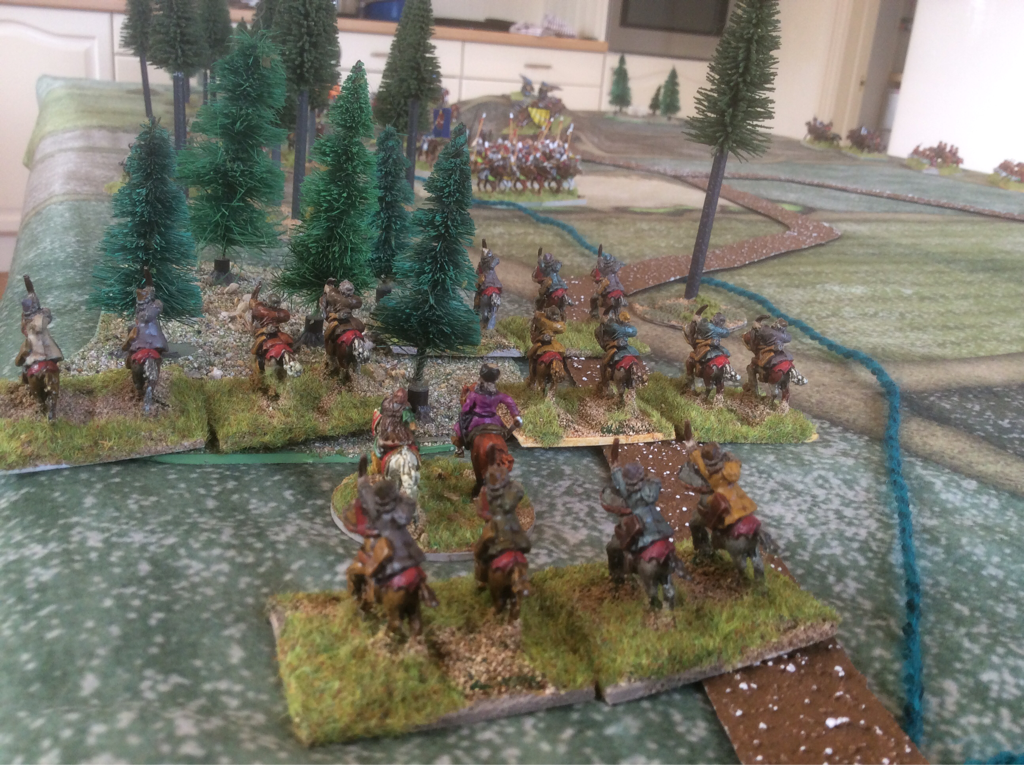



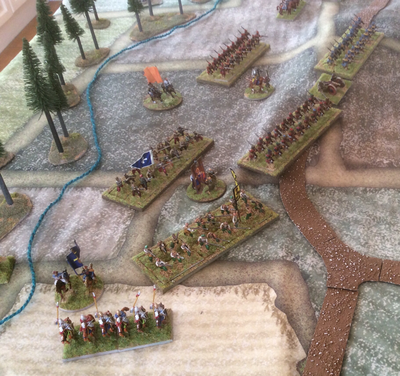

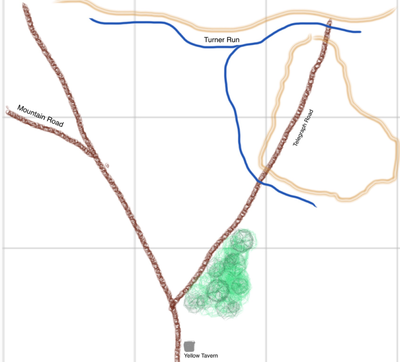

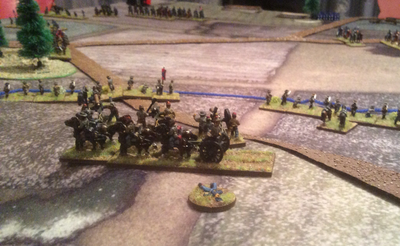
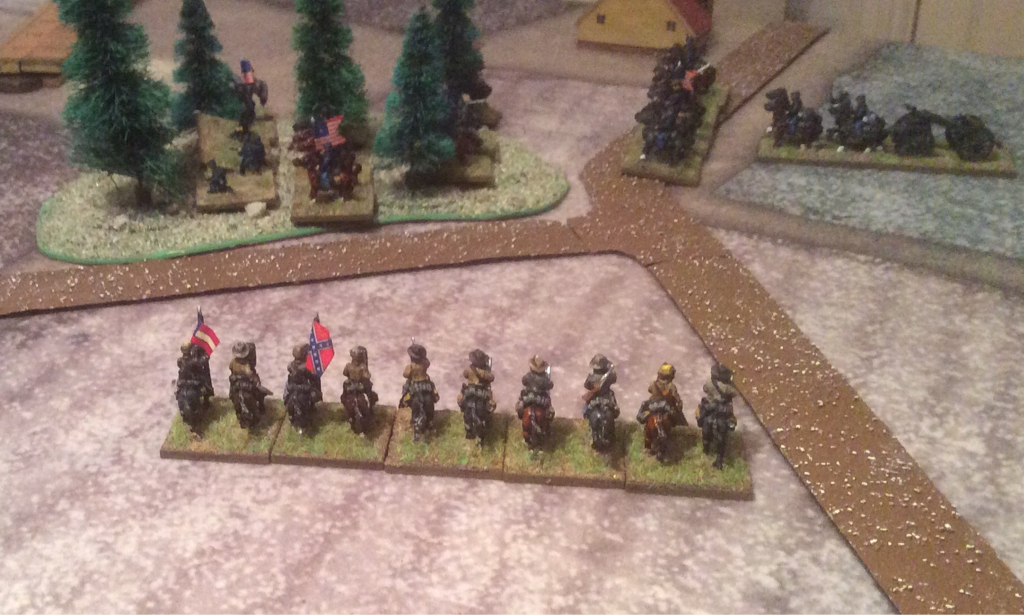
 RSS Feed
RSS Feed